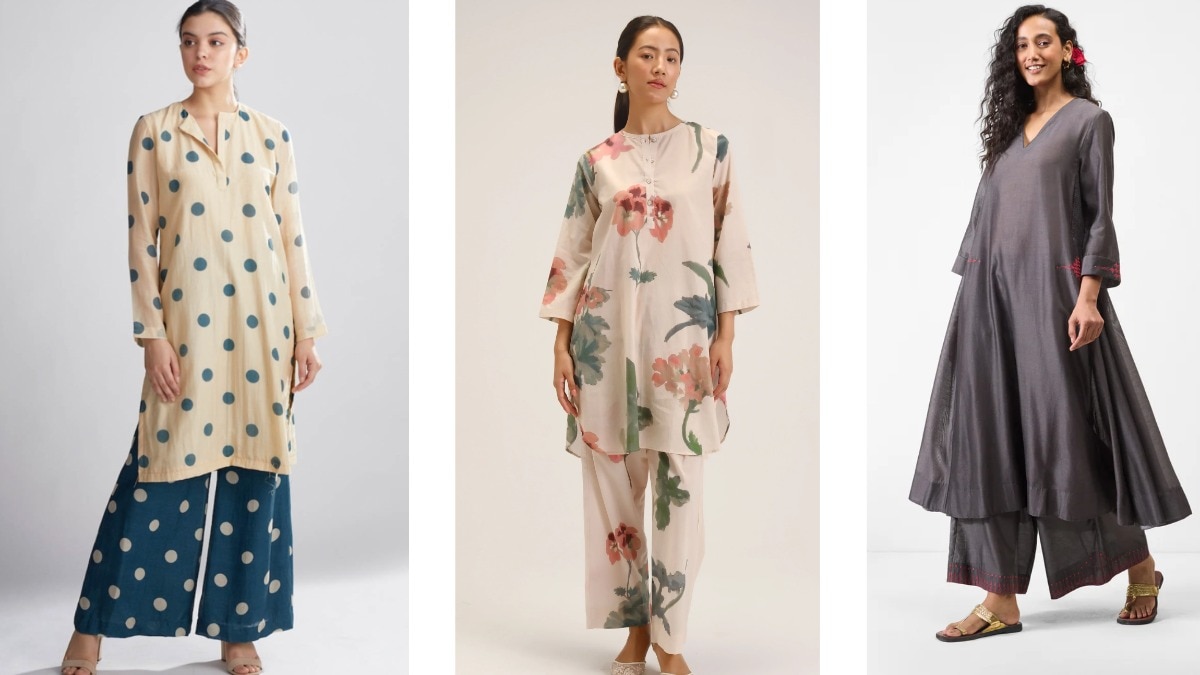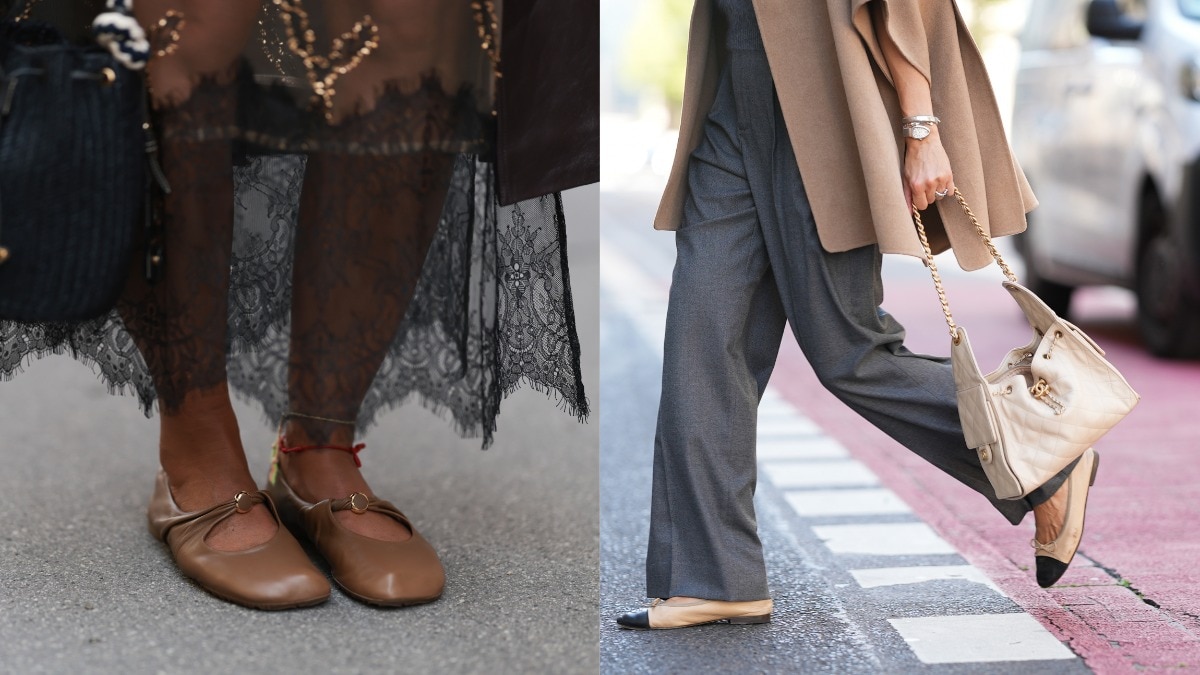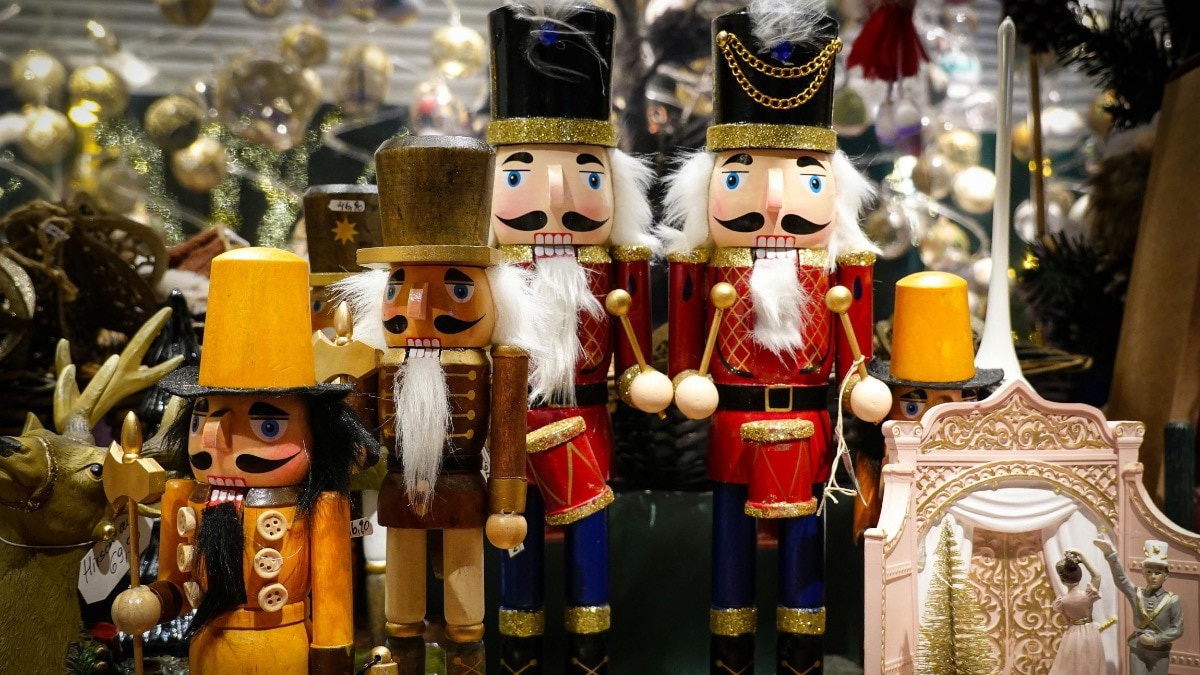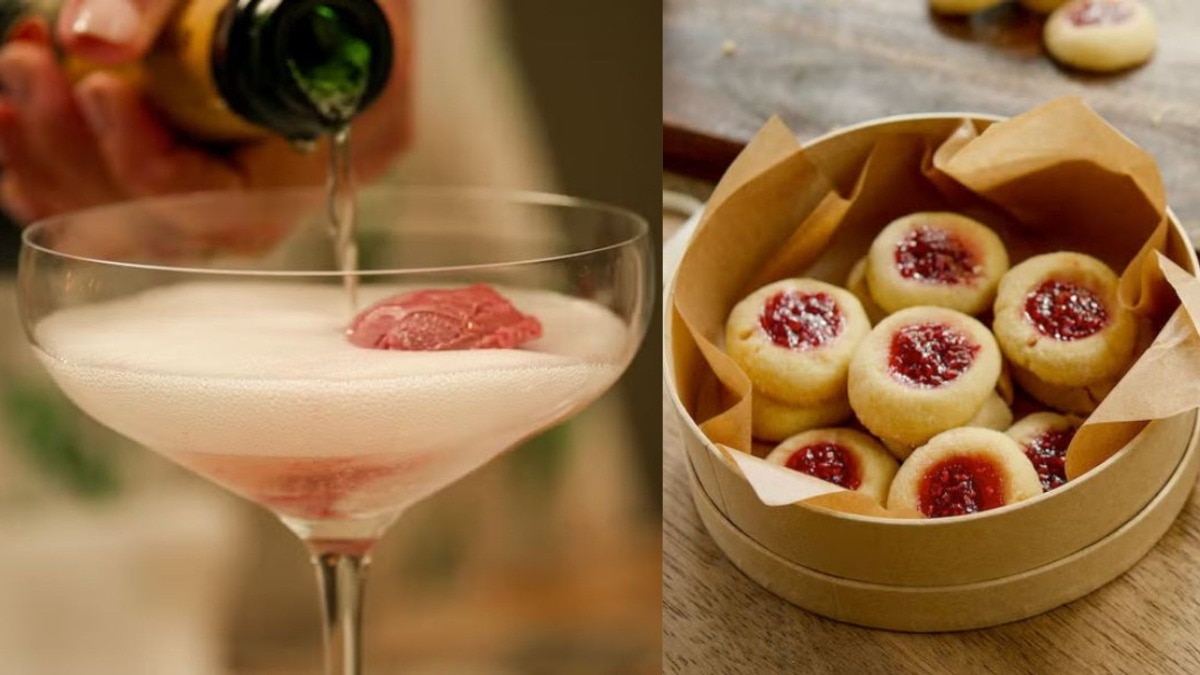How home-grown labels are making handcrafted textiles relevant, one design at a time
Brands like Ekaya Banaras, Eka, Doodlage, and Shruti Sancheti bring fresh design philosophy and technology to the table.


There was a time when handloom products were considered unrefined. Over the last decade, however, an array of indigenous, India-proud brands have managed to alter that perception to a large extent. Today, craft-based pieces—created with love, and realised from locally sourced textiles—are hailed as impossibly-chic. Labels like Ekaya Banaras, Eka, Doodlage, and Shruti Sancheti have ushered in an era of the handwoven and the handloom, inhabited with an Indian soul, yet reflecting a global design sensibility. Palak Shah, CEO of Ekaya Banaras, observes that the dated perception about textile-centric offerings is changing, but it still hasn’t changed 100 percent. “There’s still a big market left to be tapped. Traditionally, the positioning of handlooms, in general, has been occasion wear (primarily for Indian occasions). However, it needs to move into the couture space,” says Shah.
Ekaya Banaras’s campaign, Ambush, styled with a modern and experimental approach, was an effort to alter the perception of how handloom is viewed. “For Ambush, my brief was that I wanted the handloom to be celebrated as something fun. I’ve always believed that the brand’s offerings need to be presented in a way people are going to accept it, while maintaining the sanctity of the craft,” Shah adds.

In all of the brand’s communications, Ekaya Banaras mentions the number of hours that have gone into crafting each product. “The idea is to make our clients understand that they can get so much more use out of it, so they treat it with respect,” Shah shares. Kriti Tula, creative director and co-owner of Doodlage, observes that home-grown creations belong to a growing niche, and more so in the masstige price range (₹4,500-₹6,000). “This means that working and travelling younger Indian consumers are increasingly investing in artisanal, handloom, and home-grown quality products over mindless consumption,” says Tula, who also points out that now the conversation is more around how hard or easy it is going to be for her to maintain this material. Labels like Doodlage and Eka have explored traditional crafts in minimal designs for everyday pieces which fit effortlessly into one’s wardrobe. Designer Rina Singh of Eka notes that more and more designers and consumers are proudly championing the home-grown aesthetic. “In my opinion, Sonam Kapoor Ahuja began this trend. She confidently wears Indian designers at international events. Such instances help pivot the fashion landscape,” Singh expresses. “A lot of young designers are pushing the boundary by creating products that have an extremely modern aesthetic. And customers love to mix and match and create offbeat, eclectic looks,” she adds.

Textiles that are handcrafted and handwoven do come with their own challenges, particularly in terms of rendering them into modern shapes and coordinates. “Textiles need to be handled skillfully. And often, the pieces don’t even get included in the final range. This could be because of the limitations of the process or the weavers, with regards to experimentation...the fall of the fabrics can be hugely challenging in such cases. But then again, we see such spectacular results as well,” adds Singh. India has an unsurpassed legacy of weaves, textiles, and craft, and Indian designers have inherited a treasure trove of design and art. Designer Shruti Sancheti shares, “The world is looking towards Indian craftsmanship and it is indeed heartening to see the global applause to indigenous labels. It is also encouraging to see the Indian consumer take pride in home-grown labels, flaunting them gloriously at domestic and international events. With increasing urbanisation and rapid digital growth, the Indian client, though spoilt for choice, is finally considering the supremacy of their own talent.”

India is one of the few countries where weaving is not extinct, and woven traditions in each part of the country have been handed down for generations. “These glorious handlooms were extremely beautiful, but sadly not relevant, as they were coarse and without contemporary design intervention. However, with the introduction of fresh design philosophy and technology, the handlooms have become more luxurious, fluid, and au courant, and people are finding it stylish and appealing to adorn,” she adds.

Moreover, the juxtaposition of various crafts and surface ornamentation, along with handwoven fabrics in a contemporary, relevant manner, adds a global language. “It can be extremely challenging to make contemporary, relevant separates from traditional textiles; pieces that are modern, trendy, versatile, and easy to wear. As a label, we try to incorporate modern details like stitch lines, quilting, ribs, and embroidered motifs, as well as globally relevant silhouettes and indigenous printing techniques to bring the product at par with global standards. These separates are an introduction to slow fashion...to an audience which is inherently only exposed to fads and trends,” adds Sancheti.
This piece first appeared in Harper's Bazaar India, May 2023.










